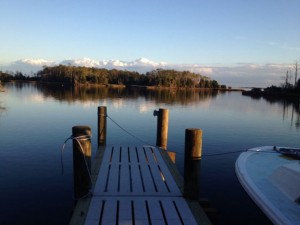The FDA today announced the final rule for Food Traceability that was required by the Food Safety Modernization Act law. We will explore this is future blog posts, but let's start with the high level:
FDA Final Rule for Food Traceability
The FDA today announced the final rule for Food Traceability that was required by the ...
BlueTrace: How Did We Get Here?
Many thanks to the Gulf of Maine Research Institute for putting together an amazing 4 ...
Inventory Labels?
Our latest release introduced inventory labels. Why?
Greenhouse Gas Emissions & Seafood
BlueTrace was asked recently about greenhouse gas emissions and seafood. Our initial ...
Streamlining the Receiving Dock
Receiving docks are chaotic—and incredibly important. Receiving is a regulated "Critical ...
Temperature Tracking & Vibrio Risk Management with BlueTrace
In many shellfish-producing states, May 1 marks the beginning of Vibrio season. For those ...
Best Practices for Protecting North American Oysters from OsHV-1
With the resumption of shellfish trade with the EU, the U.S. oyster industry is ...
Anatomy of an Oyster Recall
Oysters are a safe food, and very few people get sick from eating them. When something ...
Countering NIMBYism with Chris Matteo of Chadwick Creek Oysters
Below is a letter to the editor of Carteret County News-Times in North Carolina from ...
BC Shellfish Growers Choose BlueTrace
Comox, British Columbia. The British Columbia ShellfishGrowers Association has partnered ...


 Comox, British Columbia. The British Columbia Shellfish
Comox, British Columbia. The British Columbia Shellfish